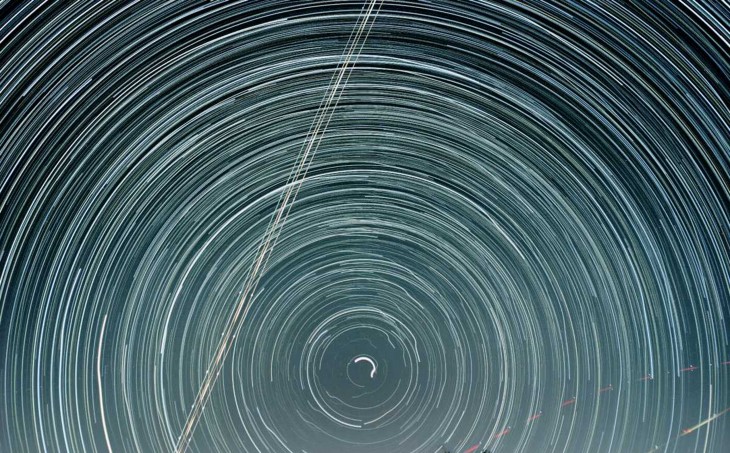Relations in architecture explain and investigate the observations about form and function by scientific and mathematic justifications. It elaborates on the harmony of design with its surroundings to create optimum results in architectural design. These relations do not only possess materialist values but also have the ability to cast psychological sways on the user experience.
Architect Phillipe Rahm’s laws of designing delineates that architecture is organic and is enclosed within an eco-system which identifies forms and functions through different cycles of time. With the increasing imbalance in nature, he redefines sustainability as conscious way of designing which doesn’t jeopardize the ability of future to sustain itself. It very important to understand through his theories that sustainable designing not only involves being sensitive about the needs of today but also about the possible scarcities of the future. Designing self-sufficient buildings doesn’t require perpetual dependencies on expensive technologies but requires thoughtful involvement of ecosystem in a passive manner.
For instance, the architect Andres Jaqúe of never never land house uses the positional relations of space with environment to design the house within the spatial dynamics. However, while the architect aims to achieve surreal experience from his design, I believe the impact is attained only by the essence surrounding and not the architecture. As a hypothesis, if we neglect the biota, the architecture cannot sustain itself and hence is not a balanced. The building is therefore isolated and not part of any dialogue with the system.
The theory on form and function follows climate draws a good relation between architecture and cultural contexts of different people from different time which respond to climatic shifts. It breaks from the notion that designed spaces should be rigid and that extricating them adds multiple dimensions to space resulting into perpetual architecture with organic use. It is important to break free from the idea of using technologically advanced systems which isolates the building from its surroundings. Instead, as architects, we need to open up to the environment and adapt to the effects of climate engulfing architecture.
We can draw a brief conclusion that architecture has progressed in a series of dramatic changes repeating itself in time. Beginning from the ancient architecture in caves, to exceedingly ornamental styles, to the reign of the modernism, and from there, the beginning of contemporary style which again showcases ornamental needs in a different fashion. Today we are conscious of advanced theories for a sustainable future. But what is sustainable future? The intended research would include exploration and answers to these questions. The need has come to design sensitively with multiple informative parameters. We need to understand that expensive technologies designed to minimise greenhouse effect, use up intensive fuels for production. Therefore it is not the optimum solution. If we continue the rhythm of change in architecture, will ‘advanced caves’ be the best resolution? Will advanced passive techniques be the key to sustainable architecture in future?

